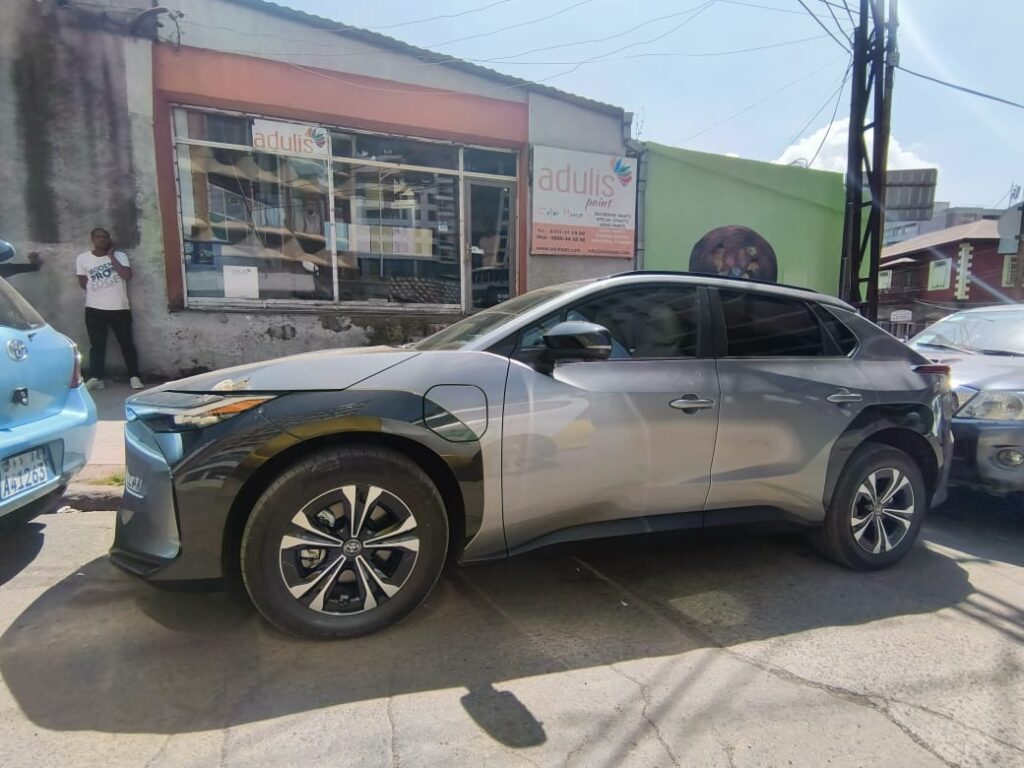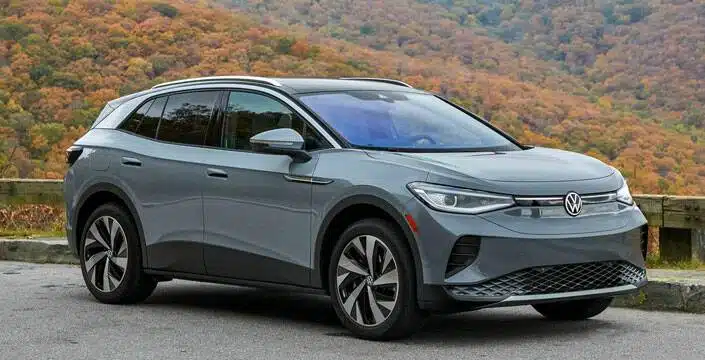Ethiopia, like many African nations, boasts an impressively low motorization rate. With a population of 126 million, Ethiopia only has approximately 1.2 million registered vehicles, most of which are over two decades old.
Initially aiming to catalyze the adoption of electric vehicles (EVs) with a 10-year plan targeting 148,000 electric cars and nearly 50,000 electric buses on its roads by 2030, Ethiopia has exceeded expectations. In just two years, the country has already surpassed the goal, boasting over 100,000 electric vehicles, prompting an upward adjustment of the target to nearly 500,000 within the decade.
This remarkable progress indicates a significant shift, with locally assembled and imported EVs now constituting almost 10% of Ethiopia’s current total vehicle registrations.
Looking ahead, assuming the current fleet remains operational for another eight years (although unlikely), the total fleet would reach 1.7 million, resulting in electric vehicles comprising close to 30% of Ethiopia’s total fleet. Given Ethiopia’s low motorization levels, vehicle sales are expected to escalate rapidly, possibly pushing the penetration of EVs to nearly 50% of the country’s total fleet.
Further accelerating the adoption of EVs is the Ethiopian government’s recent decision to impose restrictions on all imports of internal combustion engine (ICE) vehicles, signaling a swift and decisive shift away from traditional vehicles.
This decision aims to reduce the hefty $5 billion USD spent every year on importing petrol and diesel, which is a big drain on the country’s foreign currency reserves.
Additionally, Ethiopia’s abundant hydro and renewable energy resources, coupled with its remarkably inexpensive electricity rates, provide a strong incentive for transitioning to electric transport, promising considerable savings for EV drivers.

Source: AfricaNEV
The influx of imported EVs into Ethiopia was spurred by government incentives introduced almost two years ago. Exemptions from VAT, surtax, and excise tax for all electric vehicles, along with duty-free status for completely knocked down kits, were designed to stimulate local assembly and component manufacturing for EVs.
This policy shift has attracted a range of popular EV models, including unofficial imports from China such as the Toyota bZ4x EV, Mercedes-Benz EQ range, VW’s ID.4 and ID.6, and the Changan Benben E-Star.
Notably, the Toyota bZ4x has emerged as a favorite, reflecting Toyota’s esteemed reputation on the African continent. With the emergence of electric minibuses and buses from brands like Golden Dragon, it’s plausible that many Ethiopians will experience EVs as their first vehicles, bypassing the traditional reliance on internal combustion engines entirely.
This trend mirrors previous leapfrogging events in Africa, such as the rapid transition from no phones to mobile phones, suggesting a similar shift towards electric mobility is imminent.


With most African countries exhibiting motorization rates below 50 passenger vehicles per 1000 people, there remains vast potential for growth in the adoption of more efficient transport solutions.
The opportunity to leapfrog into the age of electric mobility is significant, presenting a compelling alternative to imported fossil fuels for many African nations. As Ethiopia leads the charge, it begs the question: which country on the African continent will be next to embrace this bold transition? Only time will tell, but the logic behind such a move is undeniable, particularly for countries heavily reliant on imported fossil fuels.